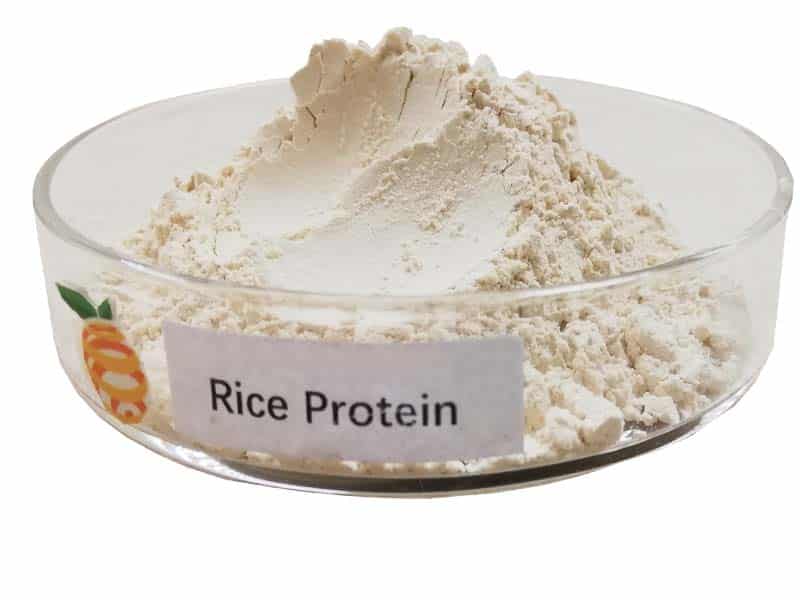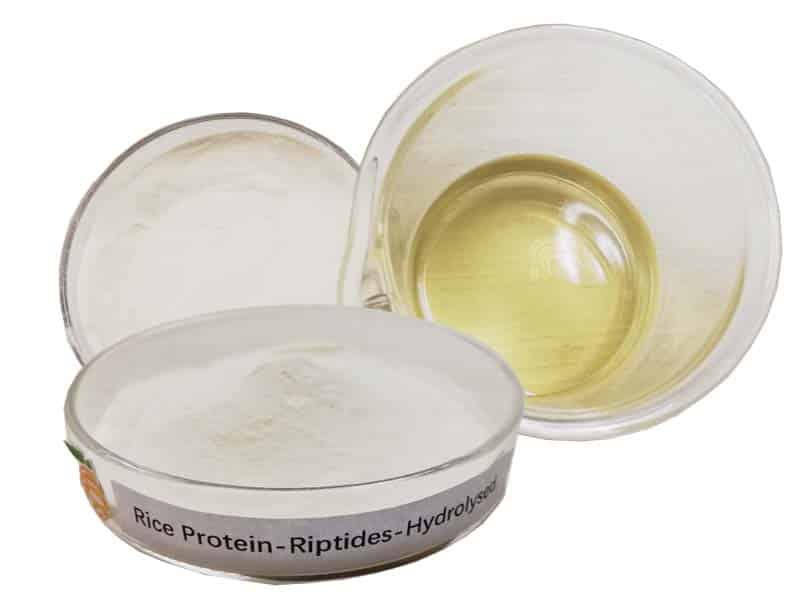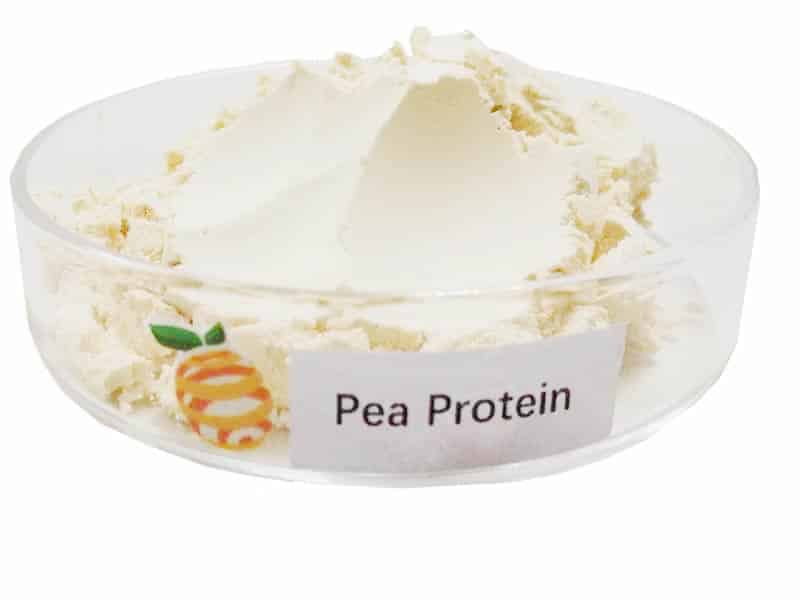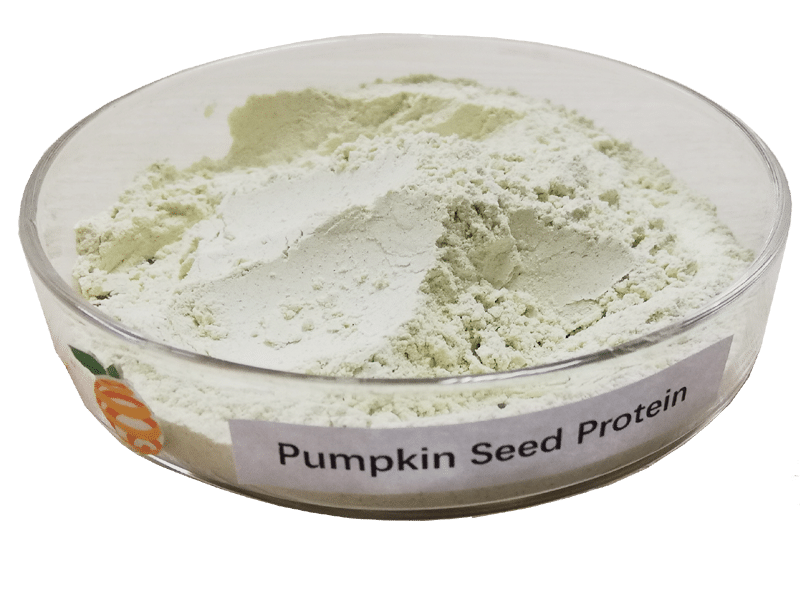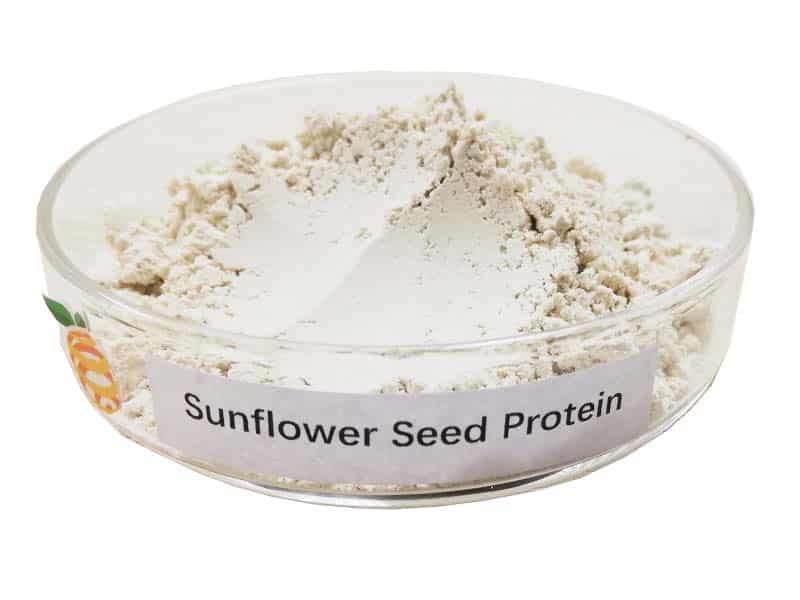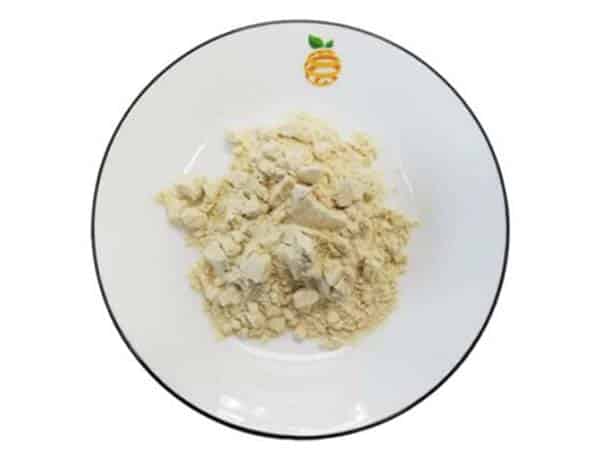Difference Between NADH and NAD+: Key Points
-
Table of Contents
- NADH vs NAD+: Understanding the Crucial Differences
- What are NADH and NAD+?
- Key Differences Between NADH and NAD+
- Biological Functions and Importance
- NAD+ in Cellular Health and Longevity
- NADH in Energy Metabolism
- Applications in Health and Disease
- Conclusion: Key Takeaways on NADH and NAD+
- Explore ETprotein’s High-Quality Protein Products
NADH vs NAD+: Understanding the Crucial Differences
In the realm of cellular biology, NADH and NAD+ play pivotal roles in the metabolic processes that power our cells and ultimately our bodies. These coenzymes are involved in redox reactions, crucial for the production of energy. Understanding the differences between NADH and NAD+ is not only fundamental for students of biochemistry but also for professionals in health and pharmaceutical industries. This article delves into the key distinctions, functions, and implications of these vital molecules.
What are NADH and NAD+?
NAD+ (Nicotinamide Adenine Dinucleotide) and NADH (the reduced form of NAD+) are coenzymes found in all living cells. They play essential roles in the chemical processes that generate energy within the cell. NAD+ is involved in oxidizing reactions, as it accepts electrons from other molecules and becomes reduced. This transformation turns NAD+ into NADH. Conversely, NADH can donate these electrons to other molecules in the cell, helping to drive the production of ATP (adenosine triphosphate), the cell’s main energy currency.
Key Differences Between NADH and NAD+
- Chemical Structure: NAD+ and NADH share a similar structure but differ in their charge and the presence of an additional hydrogen atom in NADH.
- Oxidation-Reduction State: NAD+ is the oxidized form and can accept electrons, becoming NADH. NADH is the reduced form, containing more electrons, which it can donate to other molecules.
- Role in Metabolic Processes: NAD+ is primarily involved in catabolic reactions (breaking down molecules for energy), whereas NADH is used in anabolic reactions (building up molecules).
- Energy Production: NADH is directly involved in the production of ATP through the electron transport chain in mitochondria.
Biological Functions and Importance
NAD+ in Cellular Health and Longevity
NAD+ levels decline with age, and this decline is linked to various age-related diseases, including neurodegenerative disorders, cardiovascular diseases, and decreased mitochondrial function. Increasing NAD+ levels in the body has been shown to potentially reverse some aspects of aging and improve health outcomes. This has made NAD+ a target for anti-aging research and therapies.
NADH in Energy Metabolism
NADH plays a critical role in the production of energy. It is a key electron donor in the electron transport chain, a series of reactions that generate ATP. Without sufficient NADH, cells cannot produce enough ATP to meet their energy needs, leading to impaired cellular functions.
Applications in Health and Disease
Understanding the balance between NADH and NAD+ is crucial for developing treatments for various diseases. For instance, boosting NAD+ levels can improve mitochondrial function, potentially treating diseases related to energy deficiencies such as chronic fatigue syndrome and fibromyalgia. Additionally, since NAD+ plays a role in repairing DNA, increasing its levels could enhance cellular repair mechanisms, which are vital in cancer therapies and prevention strategies.
Conclusion: Key Takeaways on NADH and NAD+
The balance between NADH and NAD+ is vital for maintaining cellular health and function. NADH is crucial for energy production, while NAD+ is essential for cellular repair, signaling, and longevity. Understanding these coenzymes’ roles helps in the development of therapeutic strategies for a range of diseases, highlighting their importance in both health and disease contexts.
Explore ETprotein’s High-Quality Protein Products
If you’re looking for premium nutritional ingredients to support health and wellness, consider ETprotein. They offer a wide range of high-quality, organic protein products that are perfect for various applications, from sports nutrition to health supplements. Their products are non-GMO, allergen-free, and produced to meet the highest standards.
ETprotein is NADH Factory Manufacturer and Supplier in China, Check further information by visiting the NADH Product Page
Request Quotation and Samples of NADH from ETprotein
About ETprotein
ETprotein, a reputable protein and elite nutrition ingredients NADH Chinese factory manufacturer and supplier, is renowned for producing, stocking, exporting, and delivering the highest quality organic bulk vegan proteins and elite nutritional ingredients NADH. They include Organic rice protein, clear rice protein, pea protein, clear pea protein, watermelon seed protein, pumpkin seed protein, sunflower seed protein, mung bean protein, peanut protein. Their offerings, characterized by a neutral taste, non-GMO, allergen-free attributes, cater to a diverse range of industries. They serve nutraceutical, pharmaceutical, cosmeceutical, veterinary, as well as food and beverage finished product distributors, traders, and manufacturers across Europe, USA, Canada, Australia, Thailand, Japan, Korea, Brazil, and Chile, among others.
ETprotein specialization includes exporting and delivering tailor-made protein powder and finished nutritional supplements. Their extensive product range covers sectors like Food and Beverage, Sports Nutrition, Weight Management, Dietary Supplements, Health and Wellness Products, and Infant Formula, ensuring comprehensive solutions to meet all your protein needs.
As a trusted company by leading global food and beverage brands and Fortune 500 companies, ETprotein reinforces China’s reputation in the global arena. For more information or to sample their products, please contact them and email sales(at)ETprotein.com today.

